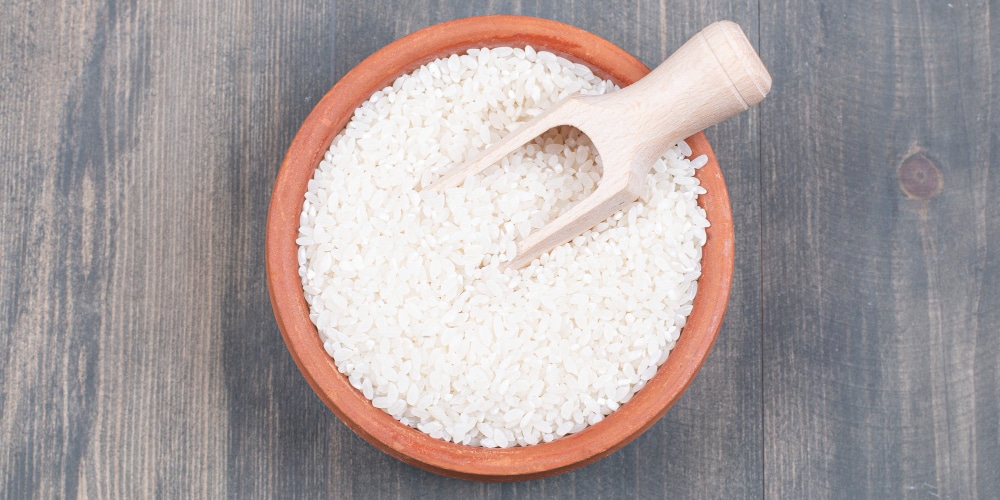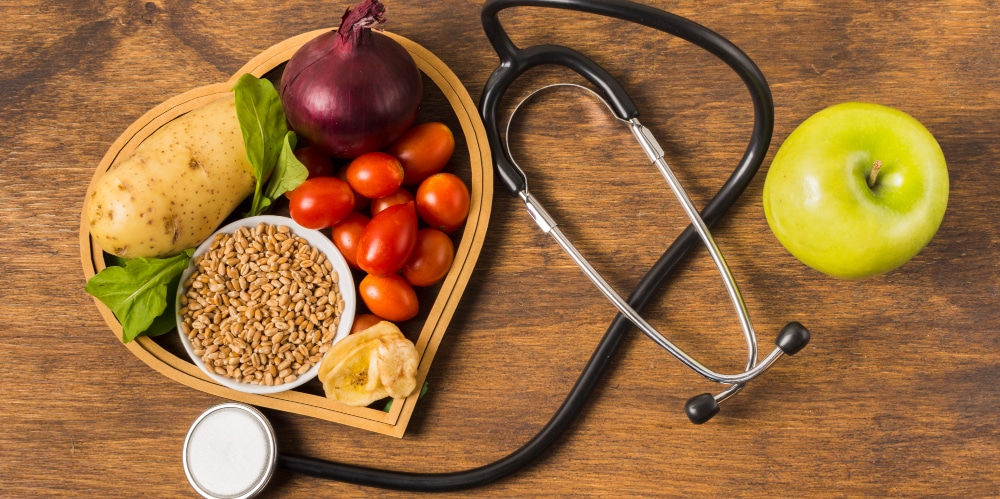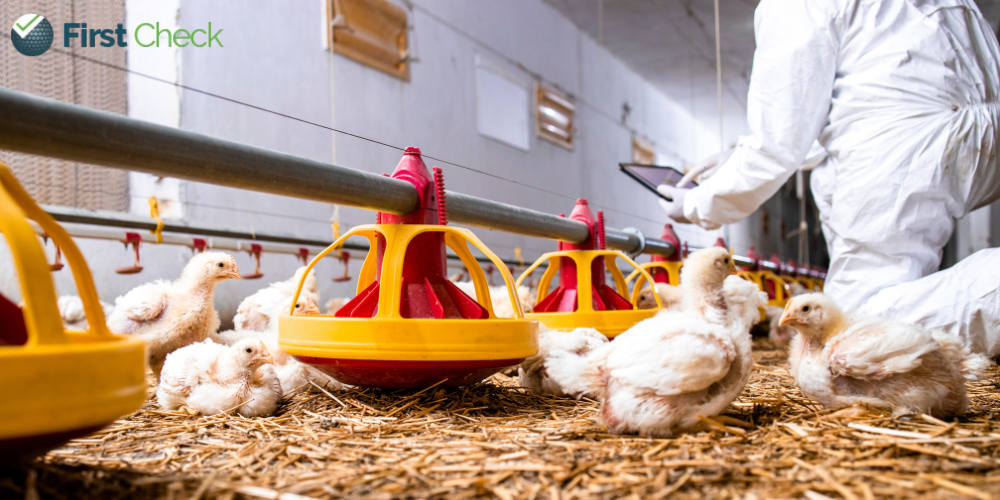Latest

Author
Bacillus cereus can exist on raw rice, and if it’s not stored or cooked properly, the bacteria can multiply and produce toxins that lead to food poisoning.
An old viral video has resurfaced on social media platforms spreading fear and confusion about the risks associated with consuming unrefrigerated leftover foods. The video claims that a 20-year-old college student died of “fried rice syndrome” after eating leftover pasta.
The term “fried rice syndrome” is used to describe the initial occurrence of symptoms, such as diarrhea, abdominal pain, or vomiting, resulting from consuming rice contaminated with Bacillus cereus, a toxin-producing bacterium and a common cause of food poisoning. The severity of a B. cereus infection can widely differ based on the specific strain and the individual’s immune system. In most cases, rest and adequate hydration – and sometimes antibiotics – are needed to deal with the infection.
One of the biggest misconceptions is that reheating rice leads to the development of toxins responsible for these symptoms. The fact of the matter is that the issue often arises from improper storage and handling of rice before it’s cooked. Bacillus cereus can exist on raw rice, and if it’s not stored or cooked properly, the bacteria can multiply and produce toxins that lead to food poisoning.
Another important fact is that Bacillus cereus bacteria produce toxins if rice is left at room temperature for an extended period, typically over two hours. Therefore, it is advisable to promptly refrigerate leftover foods within two hours of cooking.
While “fried rice syndrome” may not be a formally recognised medical condition, the underlying issue of foodborne illness due to Bacillus cereus contamination is a genuine concern. Proper handling and hygienic storage of rice is crucial to prevent this food poisoning.
Remember to store rice at temperatures below 5°C (41°F) or higher than 60°C (140°F). When preparing rice, ensure that it is cooked thoroughly, and when reheated ensure that it reaches a temperature of at least 74°C (165°F). Reheating foods until they are steaming is not always enough to kill the toxins. In case you suspect that the food is contaminated, it’s prudent not to consume it.










